Foreign Shi’a fighters active in the Syrian conflict are a potent future weapon for Iran.
The Syrian Civil War is attracting a significant number of Shi’a jihadist fighters from the greater Middle East. With estimates ranging from 7,000-15,000, many of these fighters are traveling to Syria to protect the Sayyida Zainab shrine in Damascus’ southern suburbs in cooperation with the Syrian military.
The impact of Shi’a jihadists fighting with the al-Assad government is believed to be dramatic, turning the tide of battle in Damascus and beginning to affect other strategic cities such as Homs and Aleppo. These fighters are largely motivated by sectarian sentiment to protect the wider Shi’a community against an enemy that is depicted to them as blood-thirsty Salafist jihadists.
However, far from rank amateurs, many of these Shi’a jihadists, particularly from Iraq, are recruited in their home country by Iranian-backed militias such Asa’ib Ahl al-Haq. They are turned into professional sectarian soldiers through training with Iran’s Islamic Revolutionary Guard Corps (IRGC) and Lebanese Hezbollah operatives. In the future, it is quite possible that Shi’a jihadists fighting in Syria could remain part of a growing network of IRGC-directed militants. Such a force could carry out strikes against Iran’s enemies in the Middle East.
Nicholas A. Heras speaks to Phillip Smyth, a researcher at the University of Maryland’s Laboratory for Computational Cultural Dynamics and the chief of the highly-regarded analytical website, The Hezbollah Cavalcade, which tracks and analyzes Shi’a Islamist militancy in the Middle East.
Nicholas A. Heras: Who is the driving force behind the deployment of the “Hezbollah Cavalcade”? And is it accurate to refer to Lebanese Hezbollah as the most important faction within this cavalcade?
Phillip Smyth: “Hezbollah Cavalcade” covers a wide range of what could be termed “Shi’a Islamist militancy” in the Middle East. Not all Shi’a Islamist organizations adhere to Khomeini’s “Islamic Revolutionary” ideology of Wilayat al-Faqih. But the ones that are most prominent and active get the most coverage and have Iran as a state-backer. Furthermore, Tehran does its best to gain as much leverage and influence as possible among a wide range of Shi’a Islamist organizations.
If we are referring to what drives Lebanese Hezbollah and the menagerie of Iraq’s Shi’a Islamist groups — such as Asa’ib Ahl al-Haq, the Badr Organization, Harakat Hezbollah al-Nujaba, Kata’ib Hezbollah, Kata’ib Sayyid al-Shuhada and others — it is Iran’s Islamic Revolutionary Guard Corps (IRGC) and the “supreme leader,” Ayatollah Ali Khamenei. These are part of the vanguard for furthering the late Ayatollah Ruhollah Khomeini’s “Islamic Revolution.”
Lebanese Hezbollah has a very important role in all of this. This was exemplified in Iraq during the creation of so-called “special groups.” These groups, such as Asa’ib Ahl al-Haq (AAH) and Kata’ib Hezbollah, would later morph into recognizable political-militia groupings modeled on Lebanese Hezbollah.
It’s huge and ongoing. Just look at Iraq and Syria right now. The amount of groups that promote the “defend Sayyida Zaynab” narrative, wilayat al-faqih and are formed in a Hezbollah model have multiplied. Within Syria, this is the leading structure for new pro-Assad groups.
Beyond that, Hezbollah dispatched fighters and other figures to assist in the creation of these organizations. Who can forget about Lebanese Hezbollah commander Ali Musa Daqduq, and his direct assistance in building up AAH and attacking US targets in Iraq? Lebanese Hezbollah is extremely important. They have been used by the IRGC as a spearhead for many operations in the Middle East. Currently, Syria is the prime example of this type of deployment. Hezbollah commanders have been attached to Syrian and Iraqi Shi’a-populated units.
However, I would argue that Iran is smart enough to understand they need to expand from just the Lebanese Hezbollah as a base from which to serve as an Arabic-speaking armed core that can rally, train and provide leadership for nascent groups. In Iraq, elements of the Badr Brigade were used to populate new Iraqi “special groups” and to influence those organizations in the manner that the IRGC employed Lebanese Hezbollah. This is still going on with the Badr Brigade, which is now the Badr Organization. They have supplied fighters and commanders to their newest groups. Asa’ib Ahl al-Haq and Kata’ib Hezbollah are also doing the same thing and replicating this process once more.
Heras: To what extent does the Syrian conflict, specifically the battle to protect the Sayyida Zainab shrine, represent an opportunity for the IRGC to create new “Hezbollahs” that it can network for future operations throughout the Middle East?
Smyth: It’s huge and ongoing. Just look at Iraq and Syria right now. The amount of groups that promote the “defend Sayyida Zaynab” narrative, wilayat al-faqih and are formed in a Hezbollah model have multiplied. Within Syria, this is the leading structure for new pro-Assad groups.
The groups within Iraq and Lebanon are already coordinating and are pretty open about it. Remember, they are fighting for an ideological end. Different names mean little — there is a ton of overlap. It is highly likely that the use of these groups to execute Iran’s goals more broadly in the region will be a future reality.
Heras: Considering the size of Iraq’s Shi’a population, the strength of Iranian influence upon Iraqi Shi’a politics, the strategic location of the country, and the potential great importance of its energy resources to the global economy, is the developing military power of Asa’ib Ahl al-Haq in Syria and Iraq one of the most significant recent victories for the IRGC?
Smyth: The developing strength of the AAH in Iraq is but one of their accomplishments. We should look at the whole sweep of Iranian-backed groups and their growing power — political and military — in Iraq. Sometimes analysts and observers focus on one group, instead of seeing the broader trend from other ideological replicas. In this case, it is the bigger picture that is truly striking.
Many of these groups, including the AAH, have fully infiltrated numerous pieces of Iraq’s security apparatus, and are calling the shots in armed operations against insurgent organizations in Anbar. Their integration does not mean they have “moderated.” They are still fervently Khomeinist in ideological orientation. They have only found a way to legitimize themselves and further their goals through a state apparatus.
Heras: What are the likely roles for returning Shi’a fighters in their home societies? Are they set to become a growing social and political force in those regions and/or countries?
Smyth: They are already a growing military and political force. That has been their goal since day one. I have done a lot of work tracking their movements back from Syria. There are a few major trends:
1) Their continued use as military forces within Iraq: In many cases, fighting in Iraq is cast as another front in the broader war on “takfiris, in defense of Shi’ism, and an extension of the fight to protect “Sayyida Zaynab” in Syria.
2) Returning fighters are used to further legitimize the Iranian-stoked Shi’a jihad in Syria.
3) Some of the fighters are introduced into political circles and/or elections within Iraq.
4) Their forces were and are being integrated — albeit, they have not given up their independence or arms — into combined non-state militia-style groups with, in some cases, government uniforms.
The narrative of “Islamic resistance” — the euphemism Iran’s proxy forces often use — is being tolerated and folded into official narratives. If anything, their “integration” into Iraqi government apparatuses is not one where they are subservient to the state. They have, and are currently, taking over certain branches of the state, and these branches are subservient to those organizations.
Heras: How likely is it that IRGC-organized militant groups will be used to strike targets in Saudi Arabia and the wider Arabian Peninsula, or used to hit Western interests in the Middle East?
Smyth: Iran’s most immediate foe in the region (save for Israel) is Saudi Arabia, which has its own repressed Shi’a population. Saudi’s Shi’a live primarily in the Qatif region in its Eastern Province, which is right next to Bahrain, a Shi’a-majority state with pro-Saudi, Sunni rulers. Many militants in Bahrain see a linked cause with their brethren in Saudi Arabia. So that’s always another angle the IRGC and their proxies could use. There is always the potential for Iranian influence in those corridors. Using fighters who come from a jihad caste as a “defense of Shi’ism” and to assist budding groups claiming to defend themselves from Sunni oppression would appear to be quite seamless. Execution of these goals is another story.
While it is more likely that an IRGC-organized build-up of forces and operations focused on the Gulf will be a more long-term endeavor, it is always possible that smaller elements could be used to cause problems for Gulf regimes and Western interests when Tehran decides to utilize them. To quote the 1980s comedy, Spies Like Us: “A weapon unused is a useless weapon.”
Yes, Iran has at times held back some of its proxies, but this is more of a question of when rather than if they will be used. Even Ayatollah Khomeini suggested that his Islamic Revolution would be a long-term mission and may have to move at a glacial pace. The Iranians are in this for the long-haul.
The views expressed in this article are the author’s own and do not necessarily reflect Fair Observer’s editorial policy.
Support Fair Observer
We rely on your support for our independence, diversity and quality.
For more than 10 years, Fair Observer has been free, fair and independent. No billionaire owns us, no advertisers control us. We are a reader-supported nonprofit. Unlike many other publications, we keep our content free for readers regardless of where they live or whether they can afford to pay. We have no paywalls and no ads.
In the post-truth era of fake news, echo chambers and filter bubbles, we publish a plurality of perspectives from around the world. Anyone can publish with us, but everyone goes through a rigorous editorial process. So, you get fact-checked, well-reasoned content instead of noise.
We publish 2,500+ voices from 90+ countries. We also conduct education and training programs
on subjects ranging from digital media and journalism to writing and critical thinking. This
doesn’t come cheap. Servers, editors, trainers and web developers cost
money.
Please consider supporting us on a regular basis as a recurring donor or a
sustaining member.
Will you support FO’s journalism?
We rely on your support for our independence, diversity and quality.


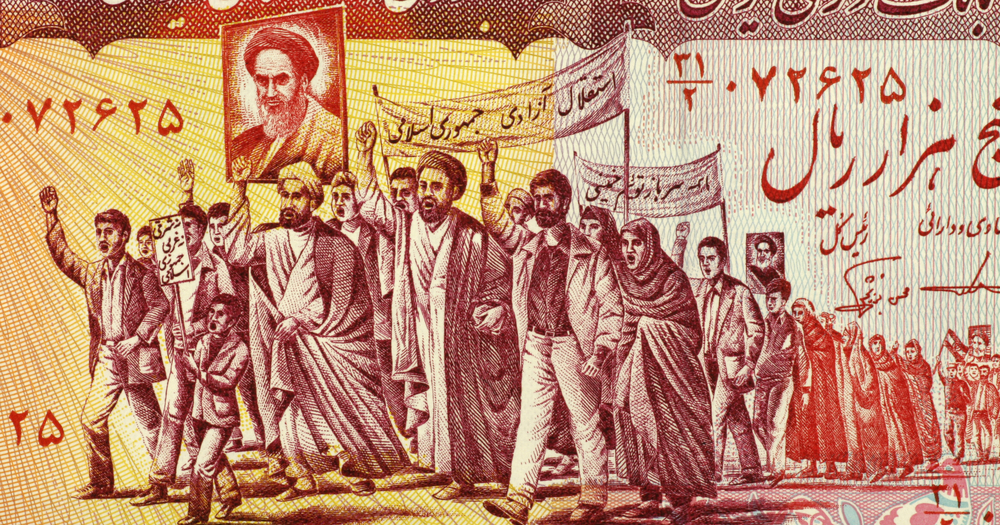
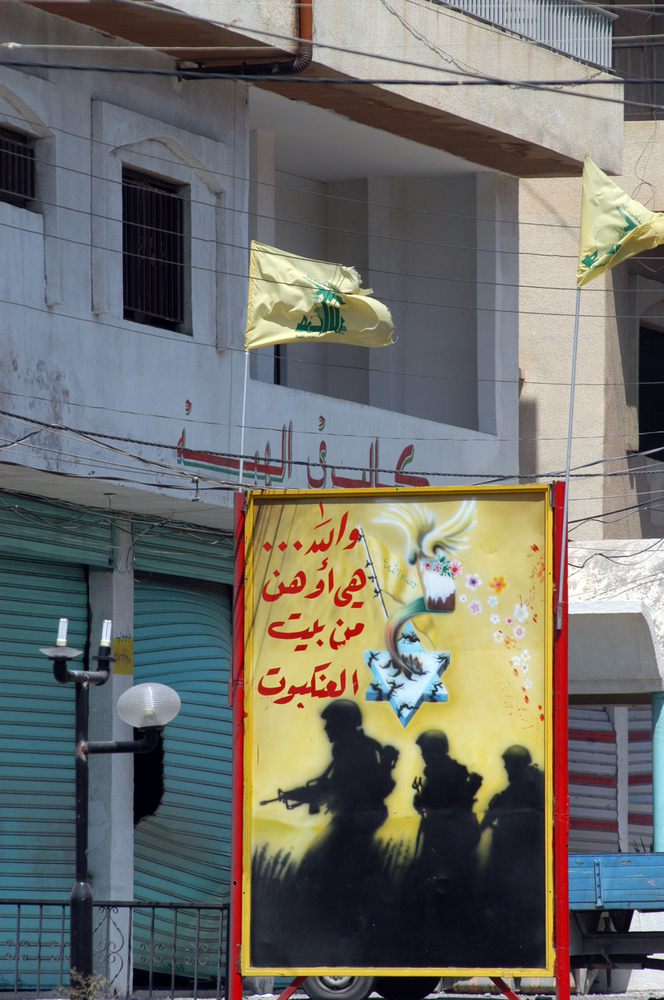
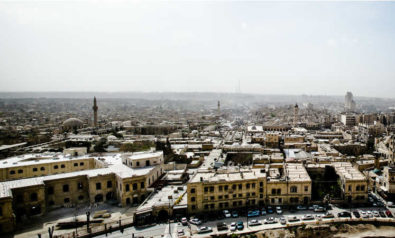
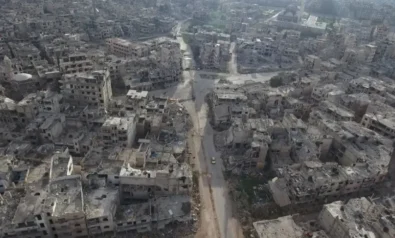
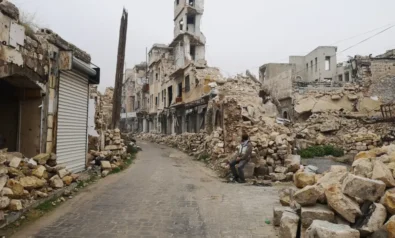
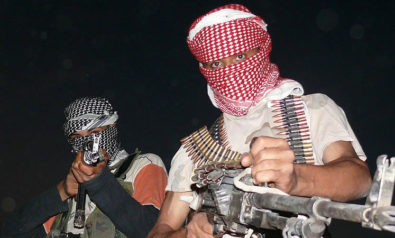

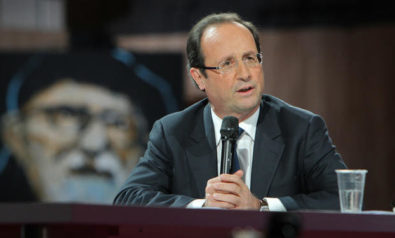
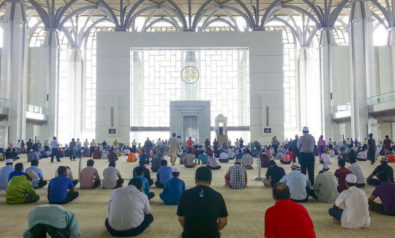
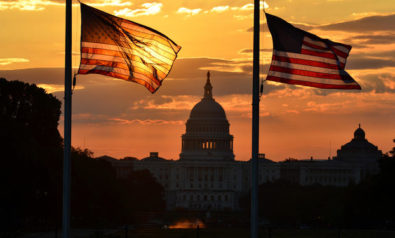
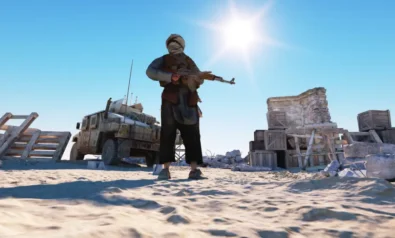
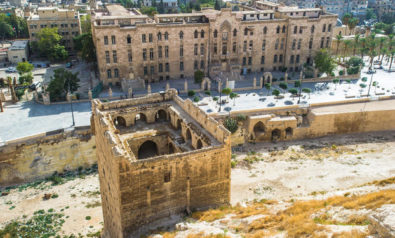
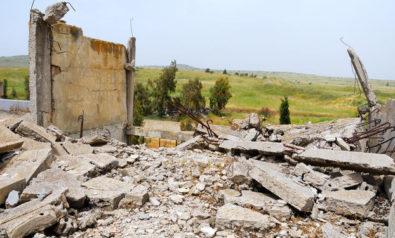
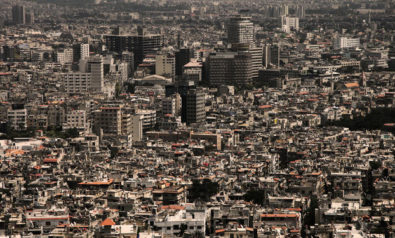

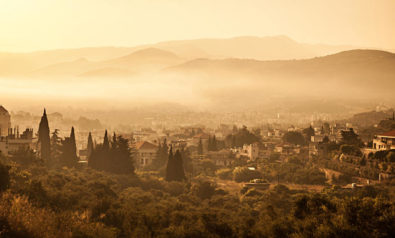
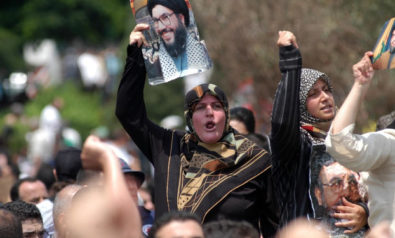
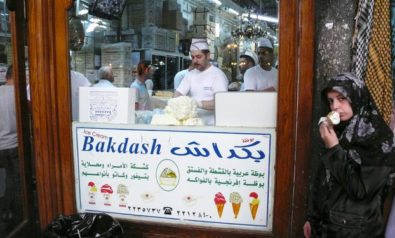

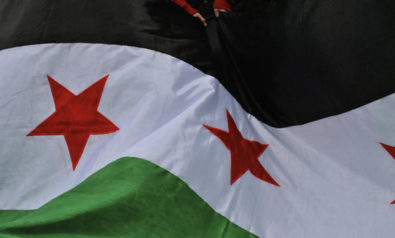
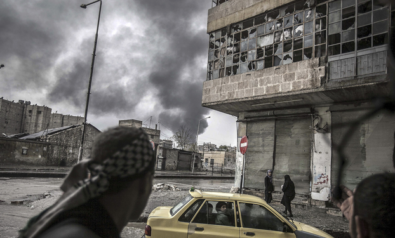
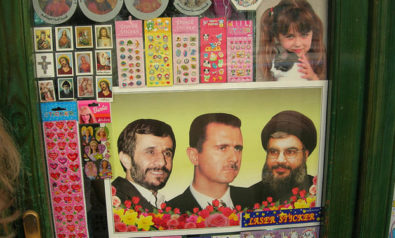
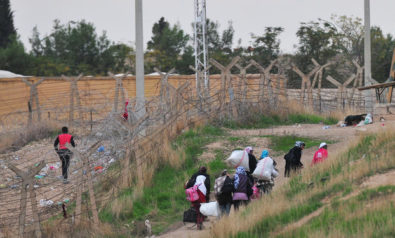
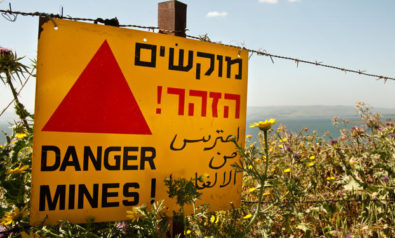
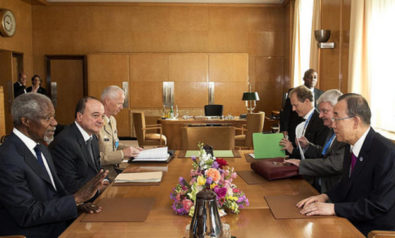
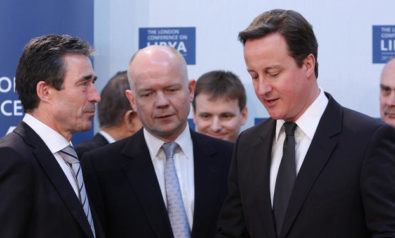
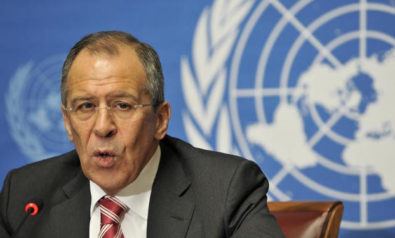
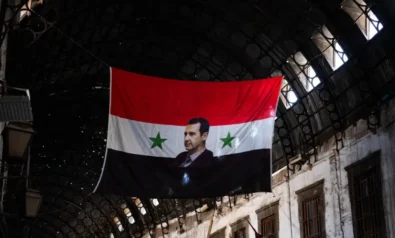
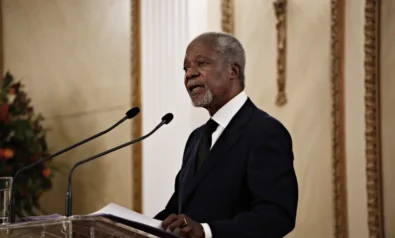
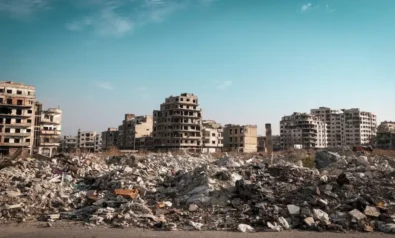
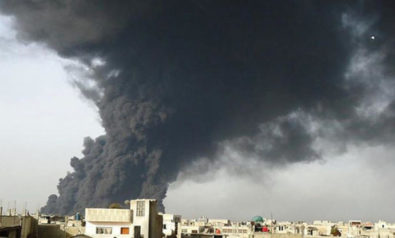

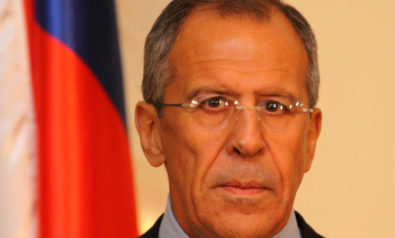
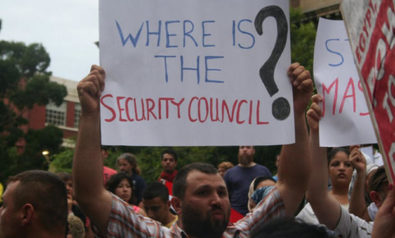
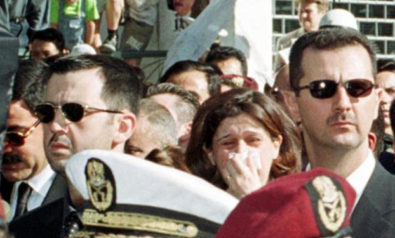
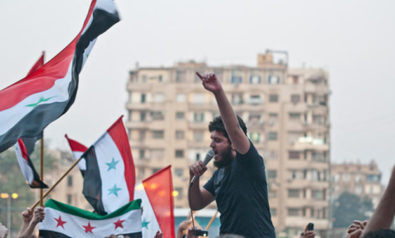
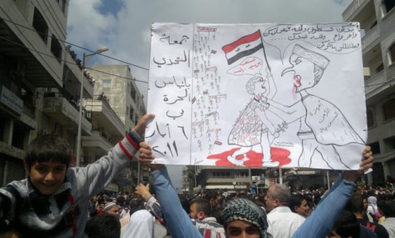
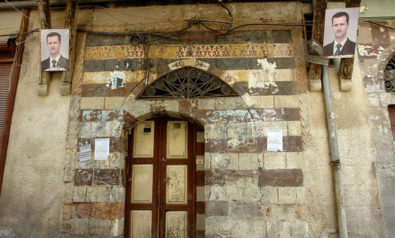

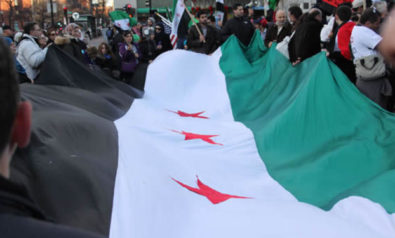

Comment